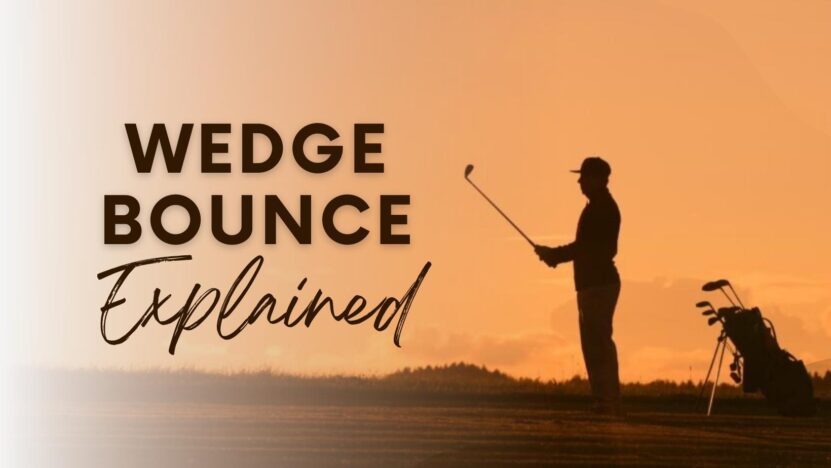Golf is a game of precision, skill, and careful selection of equipment, making it a playground not only for athletes but also for enthusiasts who revel in the technicalities. Among these is the intriguing debate on the perfect bounce for your gap wedge: 8 degrees or 12 degrees? In this blog post, we’ll delve into the world of bounce and gap wedges, breaking down every complexity to provide you with a clear guide.
Understanding the Role of Bounce in Gap Wedges
The first step in our exploration is to understand what ‘bounce‘ actually signifies in the context of a golf club. Bounce refers to the angle formed between the front edge of a golf club and the ground. The larger the bounce angle, the more the leading edge is raised off the ground at address.
This seemingly minor characteristic can significantly impact a club’s performance. It can influence how the club interacts with the turf at impact, ultimately affecting the trajectory and control of the ball. A gap wedge with a high degree of bounce, for instance, is less likely to dig into the ground and would be beneficial in situations where you need the club to slide through the turf or sand.
Pros and Cons of the 8-Degree One
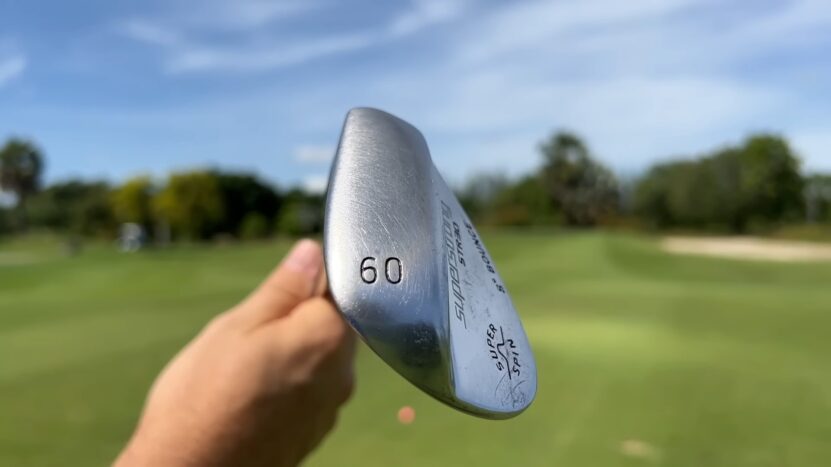
Turning our attention to the 8-degree bounce gap wedge, this club is preferred by players who play on firmer ground conditions or those with a shallower swing path. The lower bounce angle can help these players achieve clean contact with the ball, as the club is less likely to bounce off the turf before impact.
However, an 8-degree bounce gap wedge might not be as forgiving in softer conditions or bunkers, as the club is more prone to dig into the ground. It can also be a bit trickier for players with steeper swing paths, as they might struggle with chunky shots.
Analyzing the Benefits of the 12-Degree One
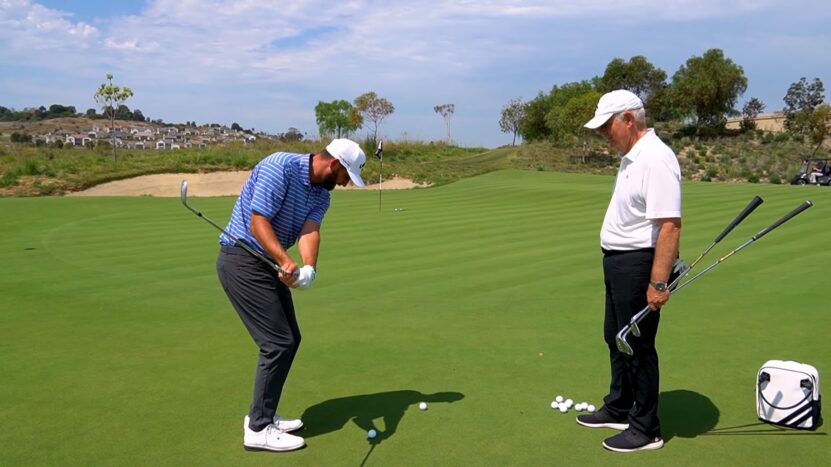
On the other hand, the 12-degree bounce gap wedge shines in soft conditions or thick rough, where a higher bounce can help prevent the club from digging too much into the ground. This club is also beneficial for players with a steeper swing path, as the added bounce can aid in keeping the club from getting too deep into the turf at impact.
However, this club might pose challenges in firmer conditions, as it could bounce into the ball, leading to thin or bladed shots. It can also be harder to handle for players with a shallower swing, as they might struggle to get the leading edge under the ball.
Comparing Performance
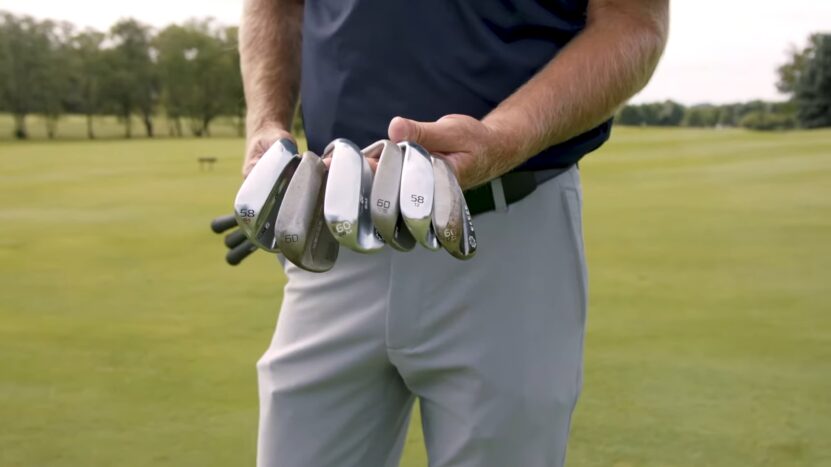
When comparing the performance of the 8-degree and 12-degree bounce gap wedges, it’s clear that the choice boils down to a matter of personal preference and playing conditions. If you typically play on firm courses and have a shallow swing, the 8-degree bounce gap wedge could be your best bet. Conversely, if you’re dealing with soft conditions or have a steep swing path, the 12-degree bounce gap wedge might serve you better.
Shot-Making Scenarios with the 8-Degree Bounce Gap Wedge
A low-bounce, 8-degree gap wedge is perfect for executing certain shots with surgical precision. For instance, on tight lies, the 8-degree bounce gap wedge allows for a crisp contact with the ball. It can also be quite advantageous for bump-and-run shots where you need the ball to land just on the green and roll towards the hole.
On-Course Performance with the 12-Degree Bounce Gap Wedge
In contrast, the 12-degree bounce gap wedge proves its worth in different situations. Picture yourself in a fluffy sand bunker. The higher bounce enables the club to glide through the sand, lofting the ball softly onto the green. It’s also an excellent option when playing from plush grass lies where a lower bounce wedge might dig too deep.
How to Choose the Right Bounce for Your Gap Wedge
When choosing between an 8-degree and a 12-degree bounce gap wedge, consider the following factors: your typical playing conditions, your swing type (shallow vs. steep), and your comfort level with different types of shots. Testing both clubs on the course can also provide valuable insights and help you make an informed decision.
Exploring Alternative Bounce Options for Gap Wedges
While 8-degree and 12-degree bounces are common, there are alternatives to consider. Some manufacturers offer gap wedges with a 10-degree bounce, blending the benefits of both options. These wedges can offer versatility for players who encounter a variety of playing conditions or have a neutral swing path.
Bounce Customization: Finding the Perfect Balance
The good news is that many manufacturers now offer bounce customization, allowing players to fine-tune their wedges based on their specific needs. By experimenting with different bounce angles, you can find the perfect balance that maximizes your performance on the course.
Mastering Gap Wedge Shots: Techniques and Tips
Regardless of the bounce you choose, mastering gap wedge shots requires practice and proper technique. Remember to adjust your stance and ball position based on the shot you’re attempting, always aim for a clean, solid contact, and follow through completely to ensure a consistent shot trajectory.
Deeper Dive into Bounce: More Than Just a Number
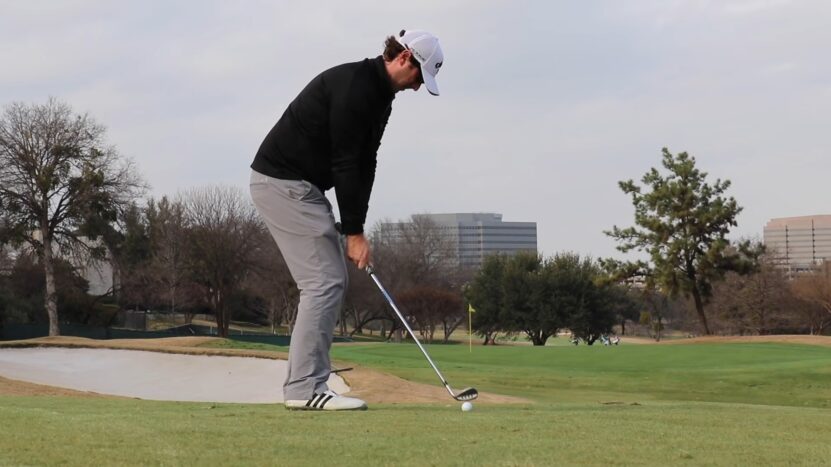
In the golfing world, it’s essential to understand that the bounce of a wedge isn’t simply about the number. Let’s further dissect this important factor.
The Bounce System: Bounce Angle and Sole Width
While we’ve talked about the bounce angle in detail, we’ve yet to discuss the role of sole width. The sole width and the bounce angle work together to create what is known as the ‘bounce system’. The sole width is the bottom part of the club that comes into contact with the ground. A wider sole will interact more with the turf, which can be beneficial in soft conditions. Conversely, a narrower sole will minimize turf interaction, working well in harder conditions.
Grind Considerations: Customizing Your Club
Another critical factor to consider when selecting your gap wedge is the grind of the club. Grind refers to the manipulation of the club’s sole, usually around the heel or the toe, to enhance versatility. Certain grinds can enhance performance in various scenarios and can make a wedge with higher bounce perform as if it had less bounce, and vice versa. It’s worth exploring this option if you want to add an extra layer of customization to your gap wedge.
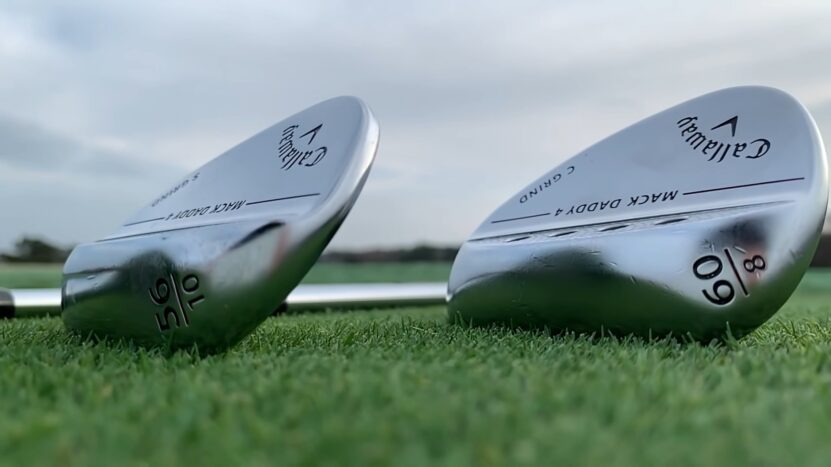
Bounce: A Friend in the Fairway and the Rough
Bounce isn’t only useful in the sand or rough. It can also be a valuable asset when hitting full shots from the fairway with your gap wedge. Having the right bounce can help ensure a clean strike, minimizing the chance of the leading edge digging into the ground before impact.
Swings and Skills: Bounce for Different Levels
Golfers with a high skill level who have developed a consistent swing can generally handle a wider range of bounce angles. Conversely, beginners or high-handicappers might find a gap wedge with medium bounce (around 10 degrees) more forgiving as they work on developing a consistent swing.
Bounce and Distance Control
Finally, it’s important to mention that bounce can also indirectly influence distance control. The bounce of your gap wedge can affect the quality of contact and therefore, the spin you impart on the ball. More spin often equates to more control, especially on approach shots where precision is key.
Closing Thoughts
The best bounce for your gap wedge—whether 8-degree or 12-degree—depends on your personal playing style, course conditions, and comfort with the club. Test out different wedges, analyze your performance, and trust your instincts. After all, confidence in your club selection can make all the difference in your game.

